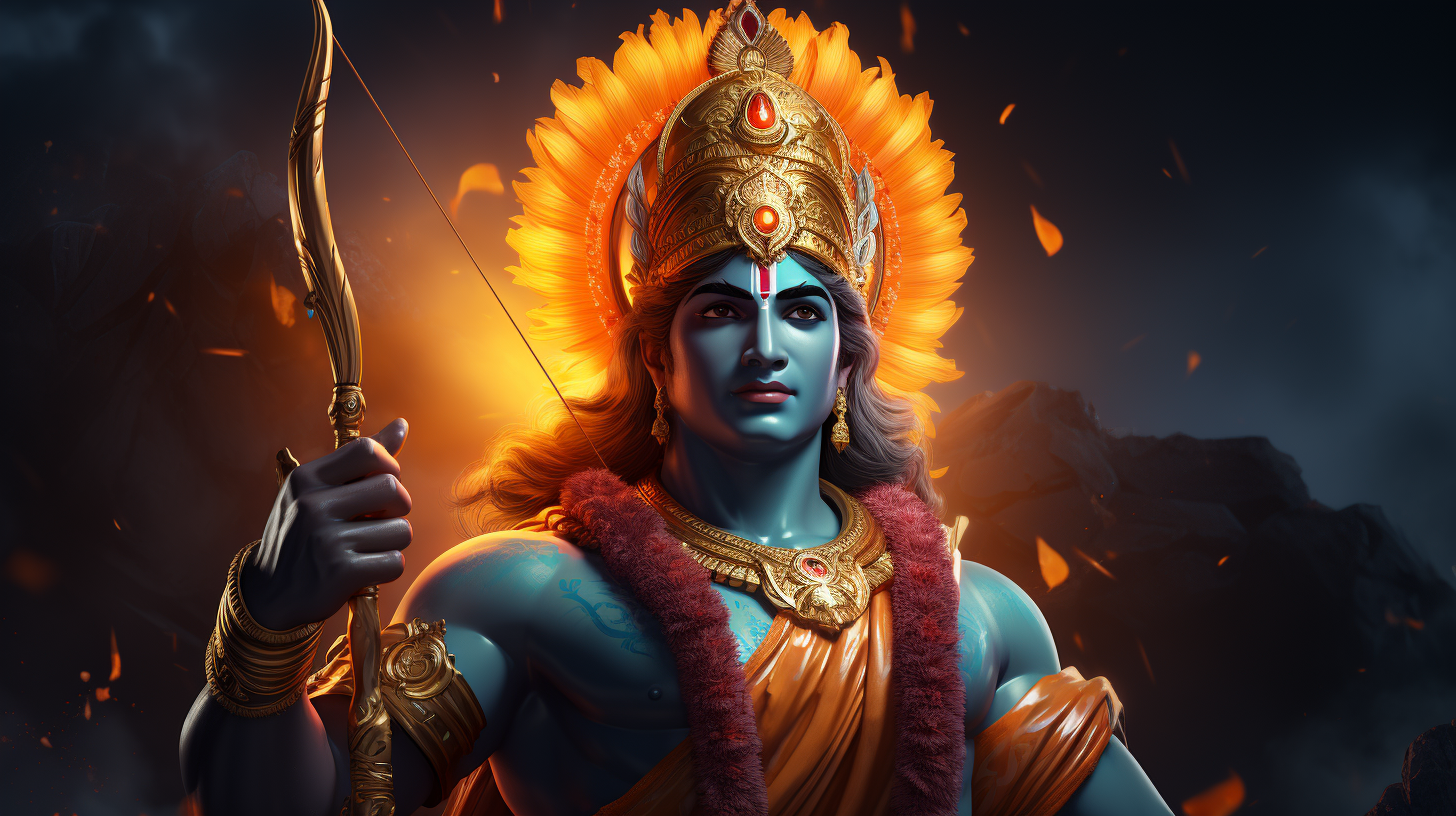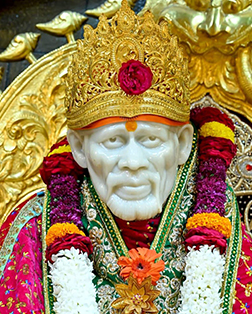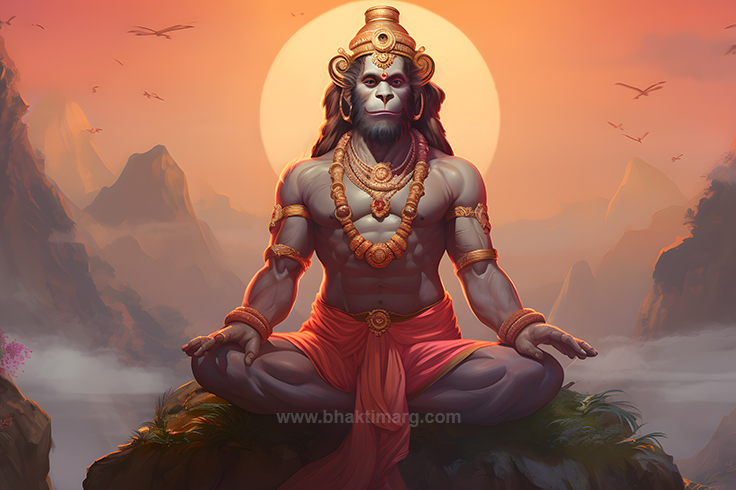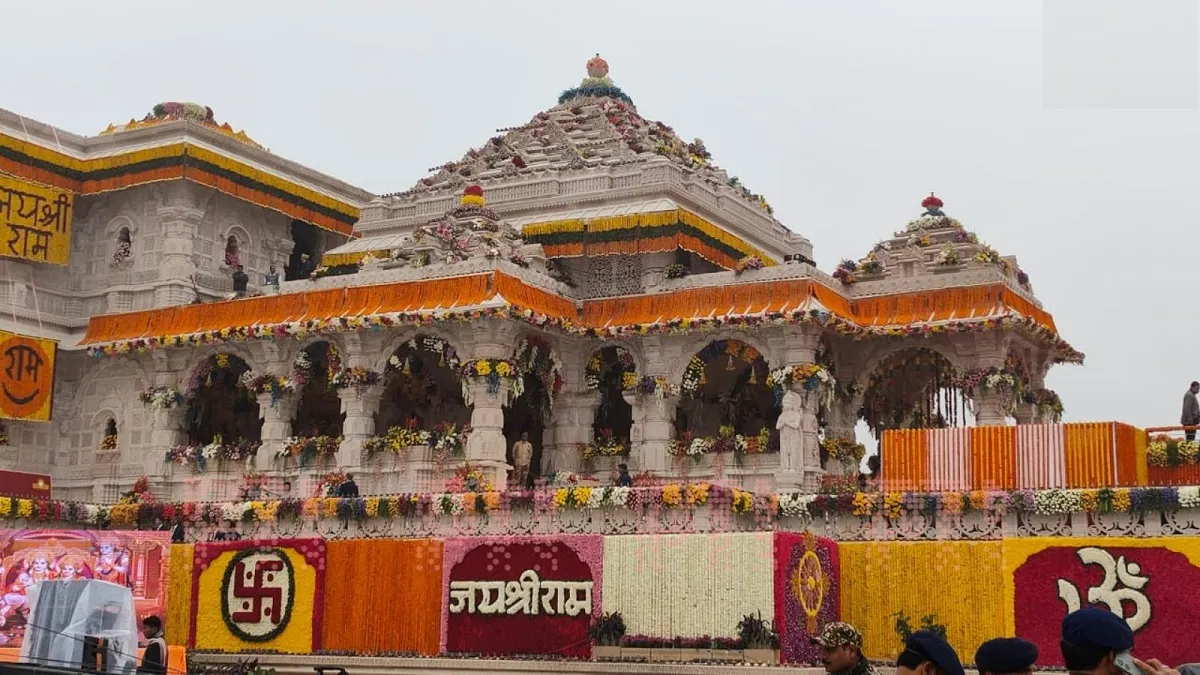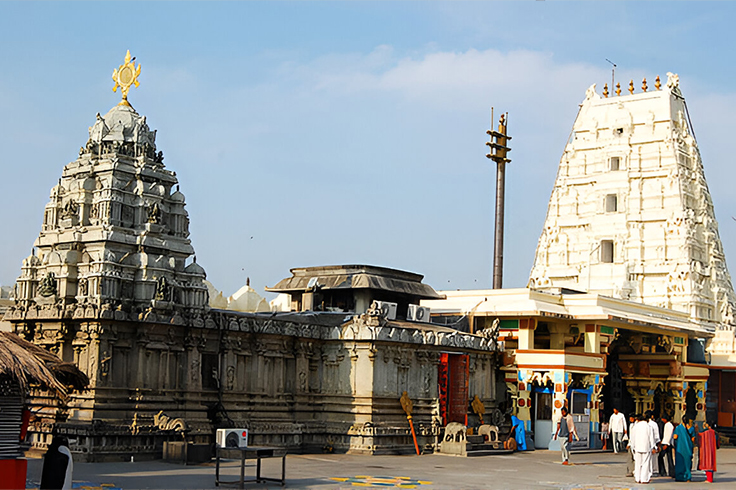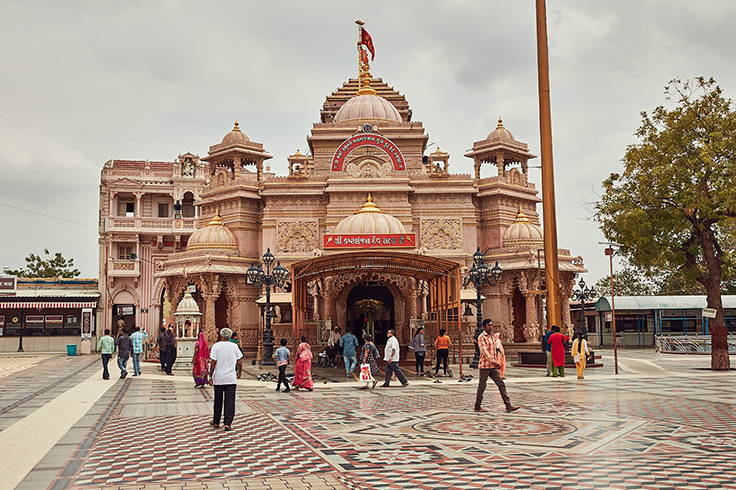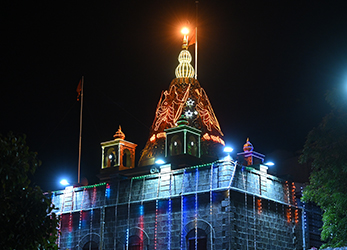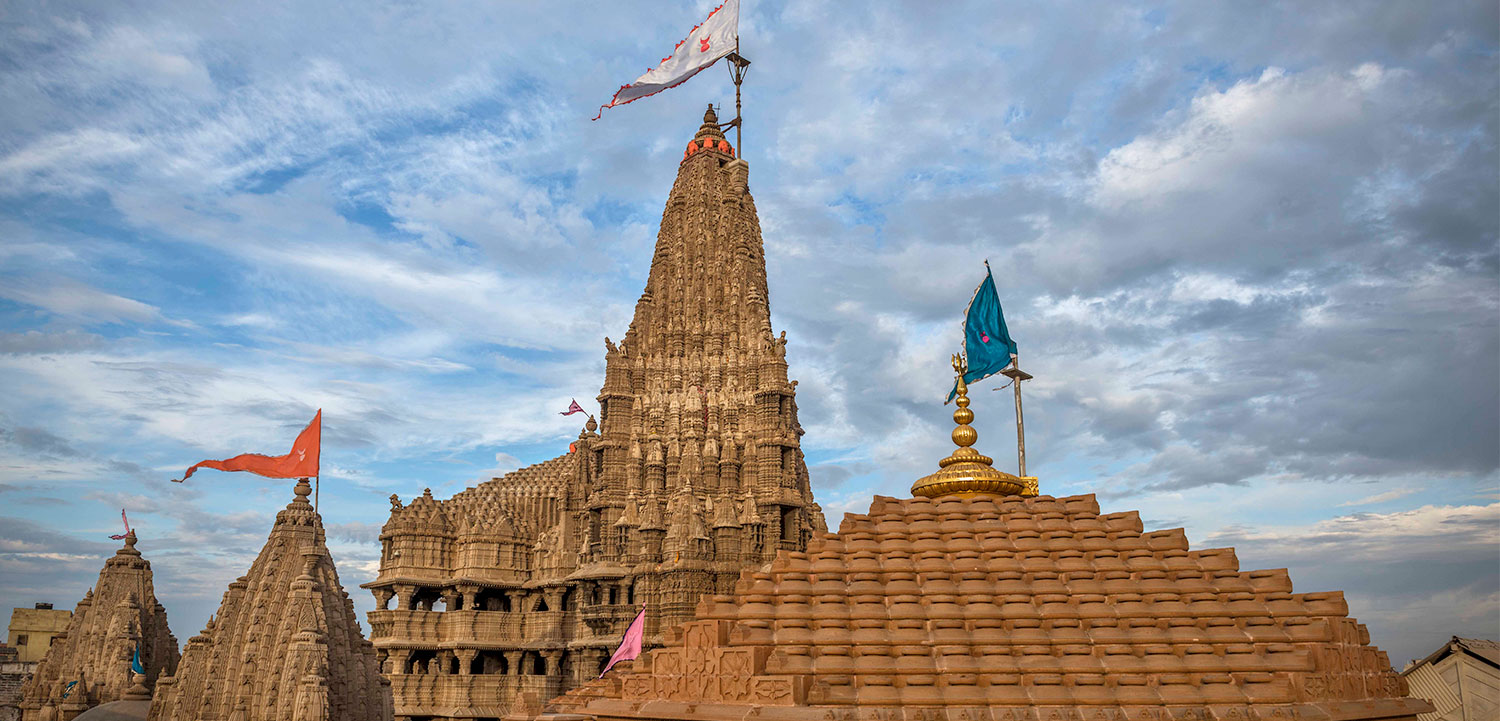
The Legend of Goddess Durga and the Defeat of Mahishasura
In Hinduism, the role of the divine feminine has been revered for ages, as per scriptures and legends all gods would worship the eternal feminine energy Goddess Shakti when faced with problems. The same is true with the story of Durga and mahishasura, depicting an instance where the evil tried to overpower all gods and they sought refuge from the Goddess who took the form of Durga Maa.
The tale of Goddess Durga and her battle against the demon king Mahishasura is one of the most iconic legends in Hindu scriptures, symbolizing the triumph of good over evil and one of the reasons why do we celebrate Navratri. The vibrant festival of Navratri and the Durga mata Puja are all part of this legend that continues to inspire millions, underscoring the power of faith, righteousness, and divine intervention establishing the belief that good wins over evil always. So in this blog let’s dive into the story of Goddess Durga and Mahishasur and how she came to be called Mahishasurmardini.
The Story of Durga Maa and Mahishasura:
It all started with Mahishasura, a powerful demon, who was born to Rambha, the king of the asuras (demons), and a water she-buffalo named Mahishi. His unique lineage gave him the ability to transform between human and buffalo forms at will, which made him incredibly strong and fearsome. From a young age, he wanted to rule the universe, and in his quest for power, Mahishasura undertook severe penance to please Lord Brahma and asked a boon that no man, god, or deity could kill him, and being arrogant in his powers he asked that only a woman could defeat him underestimating the power of the divine feminine.
Empowered by Brahma’s boon, Mahishasura unleashed havoc upon the three worlds the heavens were in disarray, and the defeated gods, in desperation, approached the holy trinity Brahma, Vishnu, and Shiva for help. They revealed that only a woman could stop Mahishasura, but no such force existed. It was at this moment that a divine decision was made to approach Mata Parvati and create a powerful goddess who would embody the combined energy of all the gods
Then came into existence the Goddess Durga who was created from the collective energy (shakti) of the gods, a radiant and formidable goddess was born. Her beauty was dazzling, but her strength was even more awe-inspiring. She had ten arms, each carrying a different weapon offered by the gods, symbolizing the collective power of the divine beings,
- Shiva gave her a trident (trishul)
- Vishnu bestowed a discus (chakra)
- Varuna provided a conch shell (shankha)
- Indra offered his thunderbolt (vajra)
- Brahma presented her with a water pot (kamandalu)
- Agni gave her a spear (Shakti)
- Yama handed her a sword
- Vayu offered a bow and arrows
- Surya gave her his radiant light
- And Himavat, the king of the mountains, adorned her with a lion as her vahana (vehicle)
Thus, Goddess Durga was armed with the might of the universe, riding her lion with fearless grace, and was ready to confront the evil Mahishasura.
The Instance of Durga Killing Mahishasura:
After taking the mesmerizing divine form Durga Maa went and sat in a place after seeing the arrogant Mahishasura, laughed, and asked her to be his wife, this idea sounded funny and enraged the goddess. Scriptures mention to and fro conversation between them heating and the ensuing battle between Durga Maa and Mahishasura, which lasted for nine days and nights, was one of the fiercest and most legendary in Hindu legends.
The battle leading to Durga killing Mahishasura was fierce each time Durga would slay Mahishasura’s form, he would transform into a new one. He took the forms of a lion, an elephant, and various other beasts, trying to outsmart and overpower her. However, with her unwavering determination, the goddess fought back with unmatched courage. As the battle raged on, the earth trembled, and the skies darkened, but Durga remained resolute. On the tenth day, Mahishasura reverted to his buffalo form, his most powerful and original state. At that moment, Goddess Durga, using the trident given to her by Shiva, impaled the demon through his heart, ending his tyranny once and for all.
This day is celebrated as Vijayadashami or Dussehra, symbolizing the victory of good over evil. The Navratri Celebration is the nine days leading up to this event, dedicated to the nine forms of Goddess Durga, each representing different aspects of femininity, strength, and protection.
The Symbolism of Durga Killing Mahishasura:
The legend of Goddess Durga and Mahishasura is more than just a mythological or supernatural battle; it is a metaphor for the inner struggles humans face and the victory of righteousness over temptation and evil.
In this instance, Mahishasura symbolizes the inner demons that reside in every individual and represents the unchecked ego, greed, anger, jealousy, ignorance, and chaos that can arise when a human loses balance and morality.
While Durga Maa represents the divine feminine power the Shakti, wisdom, and the protector of dharma i.e. righteousness. Her ten arms, each holding a weapon, signify that she is ready and equipped to face any challenge, no matter how overwhelming it seems. The lion she rides symbolizes courage and strength, while her tranquil appearance even when surrounded by chaos reflects grace and serenity.
This story of Durga killing Mahishasura emphasizes that women are not only nurturers and caregivers but when necessary they can be powerful warriors. The demon Mahishasura’s arrogance was linked to his belief that women are weak and soft in nature and could not defeat him, and this belief led him to his downfall. The Navratri celebration is a reminiscence of the legend of Durga Maa and is a powerful reminder that the strength and capability of women are not to be undermined, and this message is still relevant today.
Navratri and Dussehra: Celebrating the Durga Mata Puja
Across India, the festivals of Navratri and Dussehra are a grand celebration of this legend honored by elaborate Durga mata puja. People come together to honor the goddess and her victory over Mahishasura, temples are decorated, homes are cleaned, and devotees engage in prayers, fasting, and cultural performances.
The nine days of Navratri are dedicated to one of Durga’s avatars, with the tenth day marking the culmination of her victory. In some regions, elaborate statues of Goddess Durga are created and worshiped, and on the final day, these statues are immersed in rivers as a symbolic gesture of sending the goddess back to her celestial abode. In many regions the cultural favorite activity Garba is played, where people dance around in a circle to peppy songs. In some regions, the story of Rama’s victory over Ravana who is another embodiment of evil is enacted through plays, signifying the universal theme of the triumph of good.
To conclude why do we celebrate Navratri is simple yet layered with the intense form and strength of Divine feminine. The legend of Goddess Durga and the defeat of Mahishasura is a timeless story of faith, resilience, and the power of good to conquer evil. This legend teaches us that even in the darkest of times, with courage, determination, and divine grace, one can overcome the greatest problems. The Navratri celebration and Dussehra each year are reminiscent of the story that continues to inspire and remind us of the power of righteousness and the enduring strength of the divine feminine.
Read more blogs:
- Navratri Fasting: 7 Health Benefits You Didn’t Know About
- Dussehra Festival Story: Lord Rama’s Victory Over Ravana
- The Ultimate Guide to Navratri Celebrations: Traditions and Rituals
- The Significance of Rangoli in Diwali Celebrations




